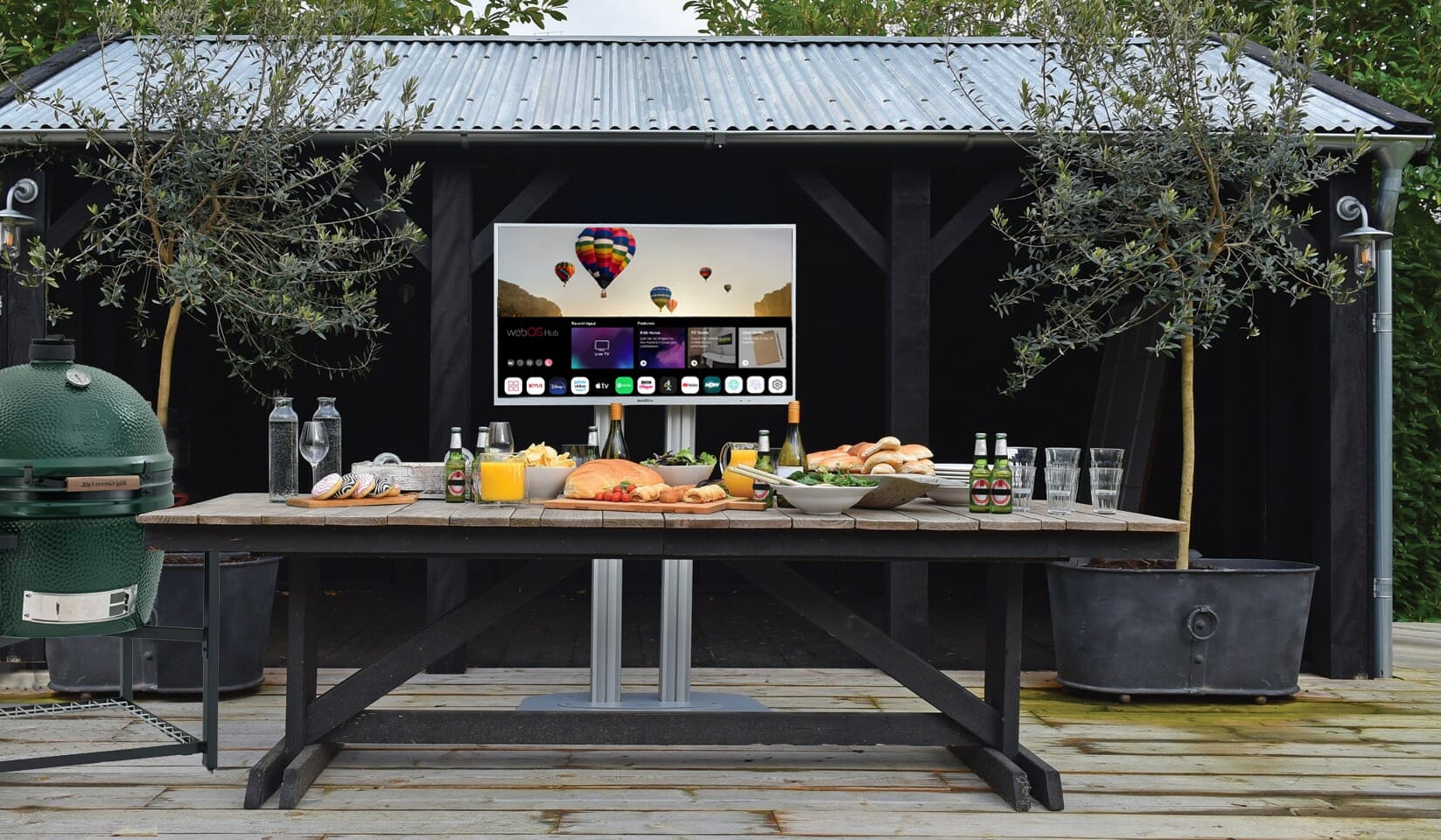Small Meeting Room Technology – Huddle Room Design

The huddle or small collaboration space has proven itself to be an incredibly useful and versatile little addition to office design, so much so that there are now an estimated 50 million ‘huddle rooms’ in workplaces around the world.
Bright open-plan areas are a great way of enabling employees to integrate and work together by removing the barriers between teams. But when the time comes to break away from the hustle and bustle of the office floor to collaborate with colleagues, the huddle space has proven itself to be a productive and cost-effective retreat. But what does a huddle space need to offer in order to maximise a team’s productivity and creativity?
Fun & Functional
The best huddle rooms are packed with agile AV equipment and video conferencing tools, designed with flexibility in mind. There tends to be a strong element of creativity in the huddle space, so any technology that facilitates and encourages this is more than welcome.
But as with any workspace, there are certain basic functions the huddle room needs to offer.
Conference Calling
First up, hassle-free conferencing calling. Teams have never been so scattered geographically, but at the same time our expectations from communications are higher than ever. Huddle rooms need to enable teams to talk to other contributors and decision makers with the minimum of fuss and hassle.
Solutions like all in one devices add a huge amount of value to a small collaboration space and negate the need for teams occupy a main conference room just because they need to talk to someone who isn’t in the building.
The right conference call solution will provide clear audio and high definition video, meaning teams can forget about the fact that they’re talking to someone on the other side of the world, and focus on the business issues at hand.
A Main Display Screen
Like any workspace designed for collaboration, huddle rooms will benefit from a main display screen on which team members can display their work and ideas. The best screen will depend on the space in question, but as most huddle rooms are designed for teams with a maximum of five people, they tend to be much smaller rooms and as such will get away with a smaller central display than that of the company’s boardroom.
Read our guide to picking the right screen size for your space for more tips on how to measure out your space and choose the perfect screen to fit.
Resolution is another area that most huddle rooms don’t need to go all out on. Unless your teams are working on exact product specifications or other heavily detail-dependent content, most companies won’t need to install 4K UHD or even standard high definition screens in their huddle room. That said, prices for high definition screens (1080p) have come down considerably as technology has evolved, so if the budget can stretch it might be worth investing in one in order to provide the flexibility for the space should your team’s requirements change in future.
Connectivity
With the screen and conference call system in place, the final big installation to consider is connectivity. How will your team members use the room to share content from their personal devices, be they laptops, tablets or even smartphones?
An entry level Barco Clickshare device, is a good choice here for quick and easy connectivity. At the press of a button or the click of an app from a smartphone or tablet, contributors can share the information from their personal device onto the room’s main display screen. Other options, such as BenQ InstaShow, are also available and again will allow teams with HDMI or USB-C enabled devices to share content to the main display wirelessly.
In the smaller space of a huddle room, wireless connectivity options will really make a difference to teams looking to maintain a clean, creative workspace without any of the clutter of cabling, so keep this in mind when reviewing things.
Collaborate and Create
Huddle rooms are hubs of creativity. They tend to feature heavily in the early evolution of strategies and as such they play host to a huge number of new ideas, designs and approaches.
The right technology can make a real difference to the development of these plans and touchscreens are one such installation that teams will really play around with to document and evolve their work with greater collaboration and efficiency.
Touchscreens from BenQ or ViewSonic are great for spaces like huddle rooms. Toughened anti-glare glass means high visibility, even in rooms with bright lighting or spotlights, while front-mounted USB ports make connecting personal devices simple and straightforward. The integrated Android operation system and internal hard drive make the display as easy to use as a tablet with all your applications on hand, although the general Android focus of the range should be kept in mind as a potential issue for any heavily Apple-dependent businesses.
Enhancing the Huddle Space
The emphasis that businesses now place on the huddle room and small-scale spaces in general is reflective of the way meeting culture has adapted and evolved. Not only are we scheduling fewer meetings in advance with more employees opting for a spontaneous approach to team collaboration – but more people also appear to be in favour of group sessions on a smaller scale, with another study conducted by Teem.com revealing that 76.1 per cent of all meetings globally consisted of three participants or fewer.
For any business looking to prioritise use of smaller meeting spaces, now is a great time to take advantage of technology to create an inspiring and creative workspace for teams that thrive on agile collaboration.


